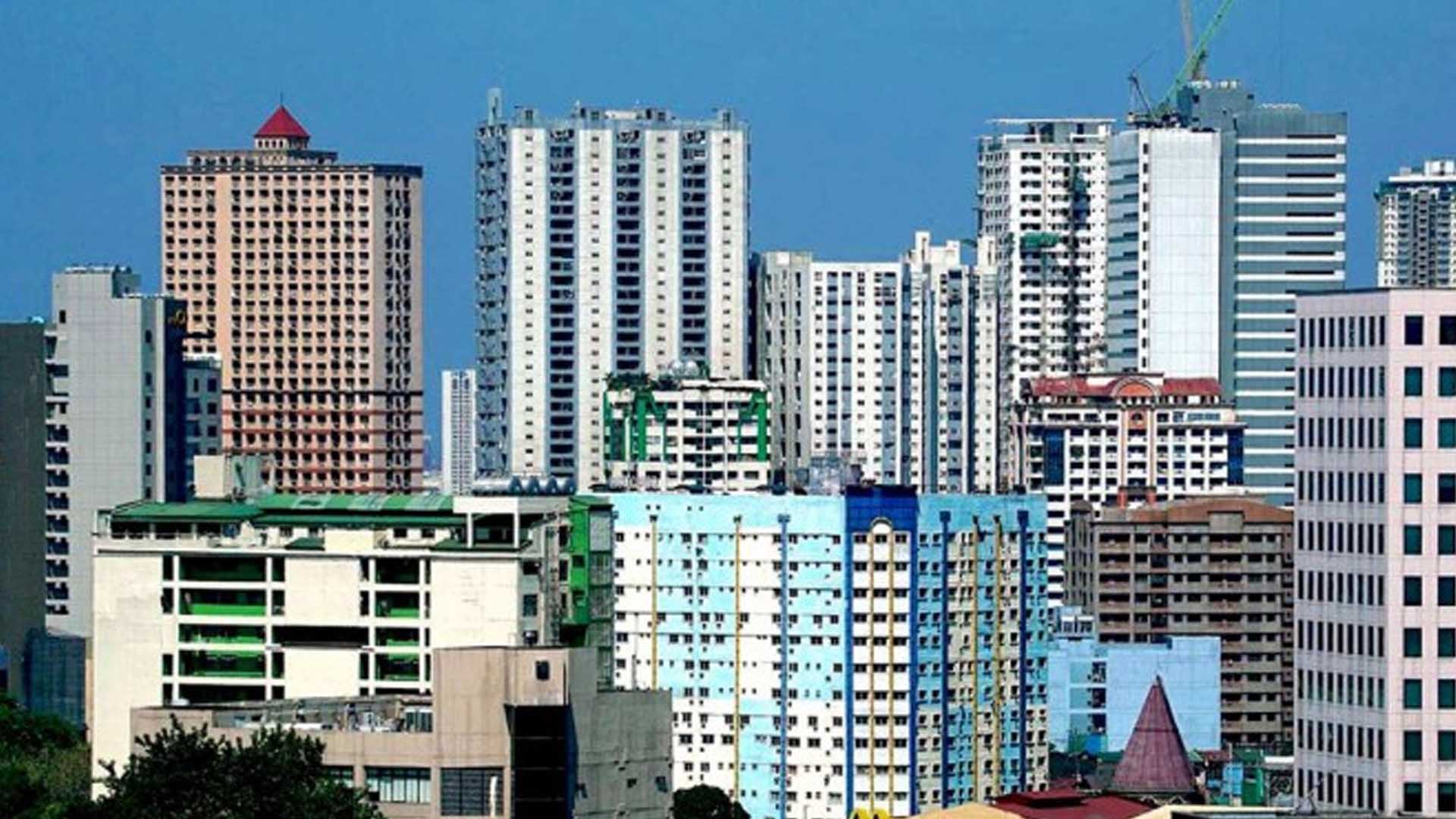Philippine economic growth is expected to accelerate this year and in 2026, making the country one of the strongest performers among Southeast Asian economies, a report from the United Nations (UN) Department of Economic and Social Affairs has said.
In its recently published flagship report World Economic Situation and Prospects 2025, the UN projects Philippine economic growth to accelerate to 6.1 percent this year.
Economic growth is forecast to further go up to 6.2 percent in 2026.
“The Philippines is one of the strongest growth performers among [South]east Asian economies,” said UN Department of Economic and Social Affairs Economic Affairs Officer Zhenqian Huang.
“The anticipated sustained growth reflects robust domestic demand, ongoing public investments, and the positive effects of recent investment policy reforms, along with a vibrant labor market and a growing services sector,” Huang added.
Huang said economic growth will be driven by strong investment activity and robust private consumption.
“Monetary easing amid lower inflation will support domestic demand in the near term. Robust remittance inflows will bolster household income and expenditures,” he added.
He noted that improved government revenue collection also enabled sustained public spending on infrastructure which in turn helped unlock long-term growth potential.
“Additionally, the global demand for AI-related electronic products is expected to boost merchandise trade, while services trade will benefit from the ongoing recovery in international tourism,” Huang said.
He, however, noted that the growth outlook faces potential downside risks.
“Increasing trade tensions, including the possibility of higher tariffs, could undermine merchandise trade performance,” he said.
Huang said current account deficits since the end of the pandemic also make the economy susceptible to exchange rate volatility, especially if there are unexpected monetary policy shifts by major developed country central banks.
“Additionally, the Philippines is highly vulnerable to climate change, with more frequent and unpredictable natural disasters potentially leading to significant economic and social losses,” Huang said.
The report, meanwhile, forecasts inflation to settle at 3.0 percent in 2025 and 2026 which is well within the government’s 2 to 4 percent target.
“Inflation in the Philippines has been relatively benign and is projected to remain within the central bank’s target range in the near term,” Huang said.
“A key contributor to this stability is the moderation in food prices. Price pressures on food are expected to continue easing, particularly as the government has reduced the import duty on rice from 35 percent to 15 percent, effective until 2028,” he added.
Huang, however, eiterated that potential higher tariffs from trading partners, disruptions to supply chains and trade routes, and climate-related disasters could reignite upward pressure on prices. (PNA)







